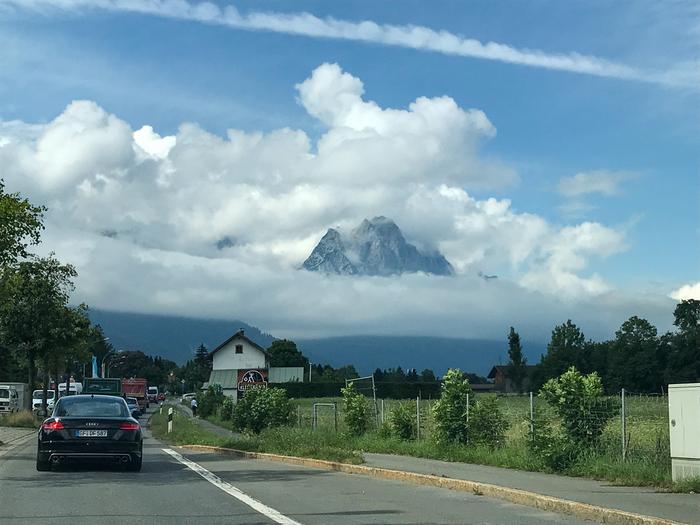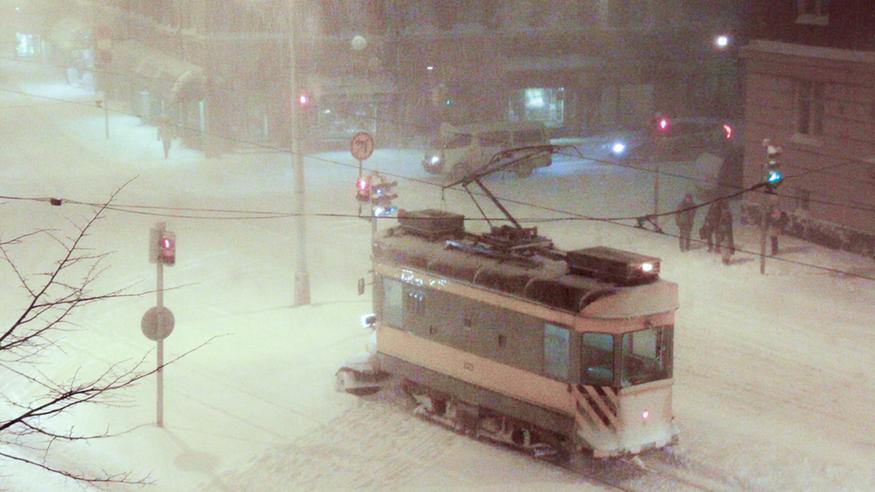Clouds can form in many ways

Clouds can form in many ways: by convection, orographic lift and by mechanisms in weather fronts, to name a few.
Clouds consist of visible water vapour. We are constantly surrounded by invisible water vapour floating in the air. This invisible water vapour becomes visible when it condenses into cloud droplets and water droplets higher in the atmosphere. Clouds can also form at ground level. Ground level clouds are called fog. The diameter of a cloud droplet in fog can be only a few microinches, whereas biggest rain droplets can be over 0,05 inches in diameter.
Convection
Convection is the vertical or horizontal transfer of heat in a substance, like air. Clouds are formed on hot summer days by convection, but they can also form in other ways, if there is sufficient humidity in the air and temperatures fall enough with height.
As the ground heats up, the air just above ground also heats up and begins to rise. As the warm air rises, it starts to cool down. The water it contains as invisible water vapour condenses into cloud droplets. These collections of cloud droplets are called convective clouds.
Convective clouds start off as solitary cumulus clouds, but they can grow to become thunder and rain producing cumulonimbus clouds.
Orographic lift
Orographic clouds are clouds that are formed by the help of a mountain or high hill. These clouds are formed either in the proximity of a mountain or hill, or much higher in the atmosphere on the crest of atmospheric waves. Lenticular clouds and nacreous clouds are typical orographic clouds.
Orographic lift happens, when an air current encounters a mountain or high hill and is forced upwards to climb up its side. As the air lifts, it cools and clouds are formed as the water vapour inside the clouds condenses into droplets.
Weather fronts
Within weather fronts there are large scale areas of upward air currents. Clouds are often formed in these areas. Convective and orographic cloud formation areas are more localised than weather front cloud formation areas. There can be big horizontal temperature differences within weather fronts. This also facilitates cloud formation.
Other cloud formation mechanisms
Fog can also become a cloud, when it rises above the ground. This low-level cloud is called a stratus cloud. Shelf clouds, also called arcus clouds, form in conjunction with thunder clouds. They form above the gust front on the front side of the parent cloud, usually a thunderstorm Cumulonimbus. A shelf cloud can sometimes resemble a horizontal tornado. Shelf clouds can be preceded by squalls and heavy rain, even hail, may fall after the shelf cloud has passed.
Article last updated 2/25/2021, 8:08:00 AM

